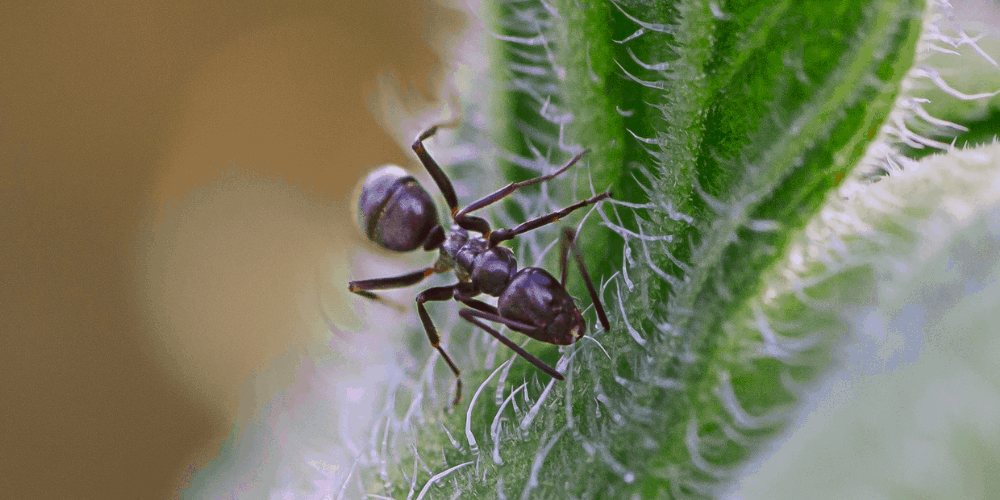Odorous house ants, Tapinoma sessile, are also known as sugar ants, stink ants, and coconut ants. They are small ants measuring 3.3 mm (1/8 inch) at most and native to North America.
How did the odorous house ant get its name?
They smell like rotting coconuts. It also explains why they are sometimes referred to as coconut ants. The odor is released when they are crushed or when they feel threatened and is very pungent. In addition to being described as similar to rotting coconuts, it has also been likened to blue cheese.
Do odorous house ants have multiple queens?
Odorous house ants do not have one queen like many other ant species. They have several which makes it possible for them to set up satellite nests. Some queens may even take followers and form a breakaway colony. This behavior makes it very difficult to control their spread and makes them extremely successful at propagating.

Why do odorous house ants enter houses?
They often establish nests in houses after heavy rain. These ants are attracted to sources of water and sugary food, all of which can often be found in abundance within a house. The most likely times for ants to enter a house are in the winter and after heavy rain. When in an outside setting much of their supply of sugar comes from honeydew. Heavy rain disrupts the supply of the honeydew and may also flood nest sites. Their small size makes it easy for them to establish nests in window frames, walls, insulation, and even in house plants. It is common for one colony to have different nest sites within a home.
The best way to deter ants from the home is to keep food sealed away. Ants will leave complex pheromone trails once a food source is found which will result in many ants following the trail to the food source. Equally, if no food is found they will not waste time and energy in that area again in any large numbers. Baits are regarded as the most effective means of reducing their numbers.
Are odorous house ants hardy?
Observations have shown that even in an injured state they can survive and persist. They can also endure several weeks without water. This hardiness combined with their ability to spread makes them difficult to eradicate from a house once they are established. If one nest site is destroyed it is likely another will already be established nearby and the act of destroying one nest will likely spur them into creating more satellite nests. They survive winter, although they are far less active in the winter months.
How do odorous house ants decide nest locations?
They move between nest locations to get food. One advantage of having several nests is that if a good food source is found they can move to the nest nearest to that resource, rather than have to expend great energy moving the resource to a nest far away. All of this information is communicated between the ants through the use of pheromones. These chemical signals are instructions to the colony and ensure amazing efficiency.
